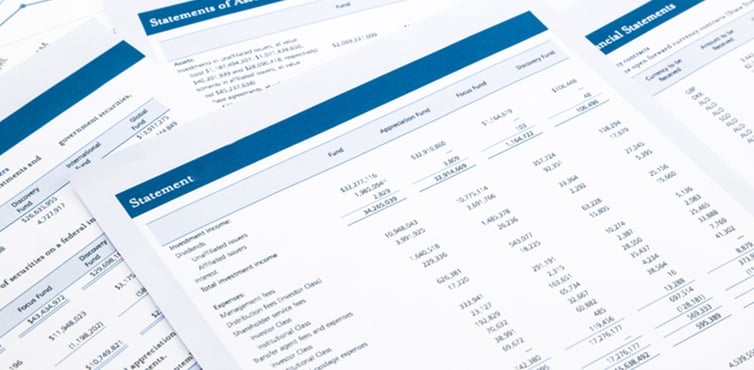A Statement of Account is an accounts receivable report sent to a client detailing open invoices to and payments from the client during a specific time period, resulting in an ending balance (net of all transactions listed).

The statement is a written record of any balance at the beginning of a time period, any new invoices issued or payments received during the time period, and what is still owed. If there are any discrepancies between this ending balance due and what the client has on their books as accounts payable, the statement of account can be reviewed by both parties for any disparities.
What information is included on a Statement of Account?
The statement of account is sent on a regular basis to any client that has an unpaid balance on a company's accounts receivable aging. A current invoice may accompany this statement, but it could also be sent alone if no current invoice is generated. This statement gives the client a clear picture of their account. The information included on the statement may vary but could include:
- The beginning balance, if applicable
- Invoices sent to the client (terms of invoice are agreed on by contract)
- Invoice number
- Invoice date
- Amount due on invoice
- If any invoices are past due
- Any new charges added to the account
- Charge amounts
- Charge dates
- Payments made by the client
- Payment amounts
- Payment dates
- Net remaining balance of all transactions
- Payment information
- Who to pay
- Payment due date
- How much to pay
- Accounts Receivable Contact information
How is the Statement of Account helpful to Collections?
Account statements help clients identify any missed invoices that were not vouched in their accounting system. Once clients receive and record these missed invoices, their process for approval and payment can begin. The statement is also valuable to clients to keep track of open invoices and payment arrangements, as a reminder of what still remains to be paid on a credit arrangement.




